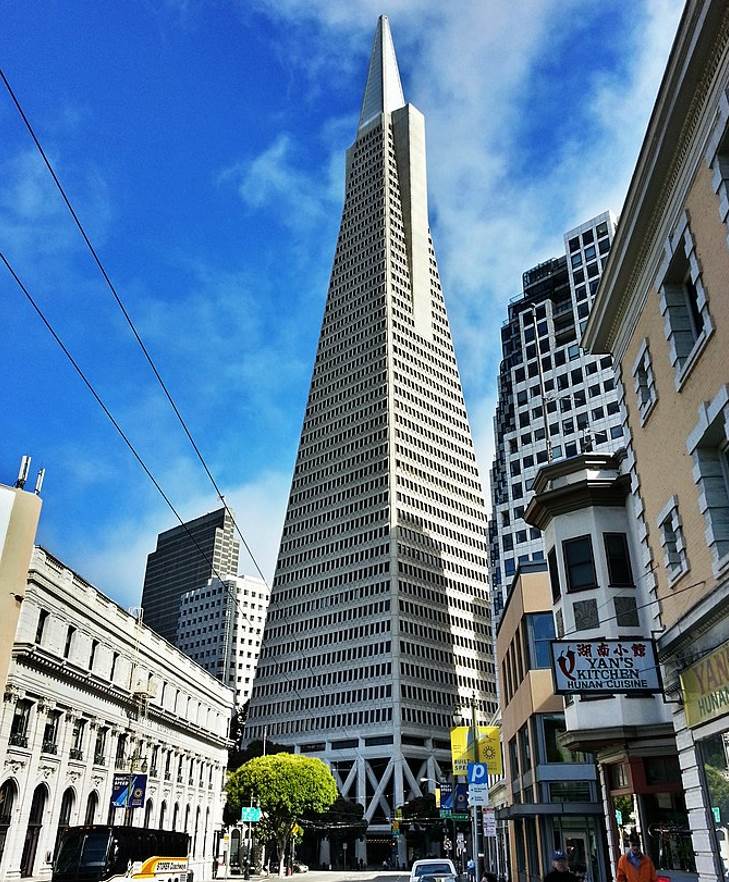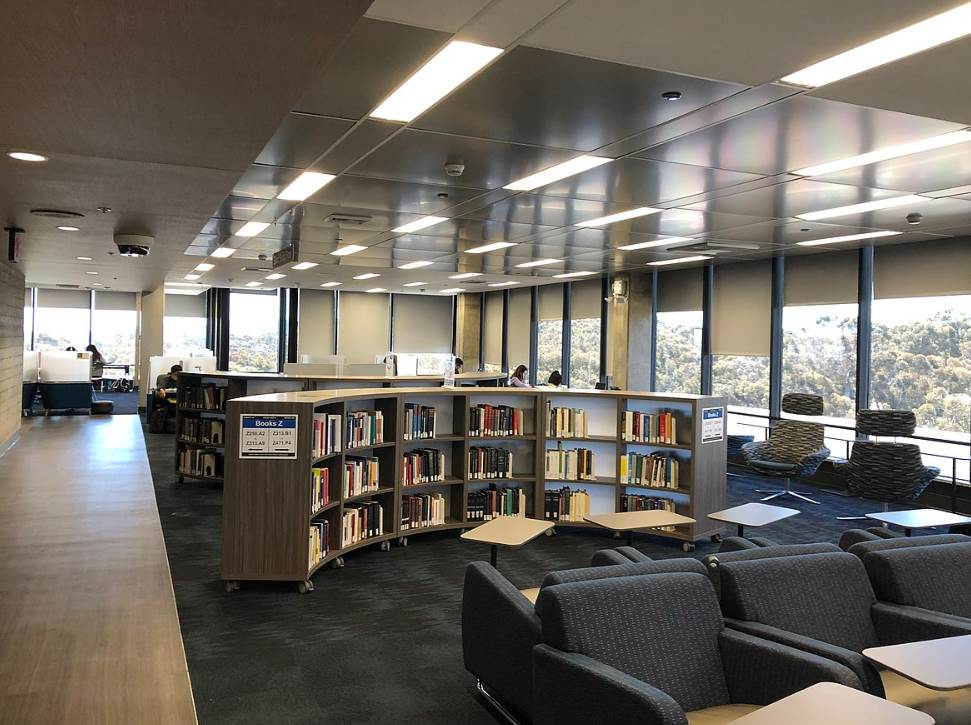Let’s be honest, when Brutalist architecture emerged in the mid-20th century, it wasn’t the prettiest architectural style in history.
Slabs of concrete exposed on a building’s exterior aren’t the nicest form of decoration by any means. This makes this stunning library very special because it looks pretty awesome.
Let’s take a closer look at some of the most interesting facts about the Geisel Library, an incredible landmark in San Diego, California.
1. It’s located on the campus of the University of California, San Diego
Geisel Library is arguably one of the most amazing libraries in the United States. It’s located in the heart of the campus of the University of California, San Diego.
It’s the main library of the university and provides students with access to over 7 million printed and digital works. That’s enough to conduct thorough research.
This building is only one of the buildings of the library complex. Another on-campus facility is the Biomedical Library Building.
Off-campus locations include the Scripps Archives and Library Annex, the Trade Street Storage Annex, and the UC Southern Regional Library Facility.

2. The building was designed by a renowned American architect
When Chancellor John Semple Galbraith (1916-2003) accepted his role, he envisioned that UC San Diego would become the home of three major libraries of the UC system.
The pan of the building was made during his tenure between 1964 and 1968 as he established a commission for the project and hired architect William Perreira (1909-1985).
Perreira designed one of the most amazing landmarks in San Francisco around the same time, the Transamerica Pyramid, which was completed between 1969 and 1972.
This was the tallest skyscraper in San Francisco upon completion and the most prestigious project completed by the architect.
The construction of the library started in July 1968 and it was officially dedicated in March 1970.

3. The design of Geisel Library incorporates futurism and has a deeper meaning
The library is located at the head of a canyon and this allowed for plenty of creativity. Pereira was renowned for incorporating futuristic elements in his designs.
The remarkable design of Geisel Library features arches that appear to be holding up separate floors. It was designed in such a way to resemble hands holding up stacks of books.
The exposed structural elements on the exterior are characteristic of Brutalism. The mix between the Brutalist design and the Futurist style comes together amazingly well in this structure.
What’s fascinating is that the architect initially envisioned a steel structure, but this was changed to reinforced concrete to save costs.
The total price was eventually $5.12 million at the time, the equivalent of over $39 million today.

The library was dedicated as the Central Library upon completion in 1970. It was completely renovated in 1993 and rededicated as the University Library Building that year.
It wasn’t until the year 1995 that the building got its current name in honor of Audrey and Theodor Seuss Geisel (1904-1991).
Geisel is better known by his pen name “Dr. Seuss.” He was a popular children’s author and cartoonist who sold over 600 million books worldwide.
A bronze statue of Geisel together with his popular character “The Cat in the Hat” is located just outside of the library building.

5. There’s a special section dedicated to 8,500 items produced by Dr. Seuss
The library holds several special collections which are housed in a section called the “Mandeville Special Collections and Archives.”
Perhaps the most fascinating collection is the “Dr. Seuss Collection.” This collection features 8,500 original works of Dr. Seuss, starting from his teenage years to his death in 1991.
Items included are original drawings, sketches, proofs, notebooks, manuscript drafts, books, audio and videotapes, photographs, and all sorts of other memorabilia.

6. The library’s entrance is decorated with a remarkable artwork
A large lane leads up to the library’s main entrance on the south side of the building. Above the entrance doors, you can read READ/WRITE/THINK/DREAM.
This artwork was produced by American artist John Baldessari (1931-2020), a conceptual artist whose works have been displayed in over 200 solo exhibitions in the United States and Europe.
Like all artworks that are located on the UC San Diego campus, it’s part of the Stuart Collection. This collection was established in 1981 and focused on commissioning sculptures across the campus.

7. There’s a simple explanation as to why there is no third floor in the building
The lower levels of the library are number 1 and 2 and the upper floors are numbered 4 to 8. So where did the third floor go?
An urban legend suggests that the floor was left out because the weight of the books inside the building wasn’t integrated into the building’s structural design.
This was not the case and the explanation is rather simple. The third floor is the open forum outside of the building. The interior of this floor only features an emergency exit.
This exit is blocked for visitors and serves as a security measure to keep the library’s collection safe.

8. You can access the nearby park via a 560-feet artwork called the “Snake Path”
The east side of the library is connected to the nearby Warren Mall, a large park and public space on the campus, by the “Snake Path.”
This is an artwork by Alexis Smith with a length of 560 feet (170 meters). It winds down the eastern end of the hill on which the library was constructed.
On your way down you’ll be able to admire another sculpture that is part of the Stuart Collection, a large granite book titled “Paradise Lost” that features the following description:
Then Wilt Thou Not Be Loth To Leave This Paradis But Shall Possess A Paradise Within Thee, Happier Far.



